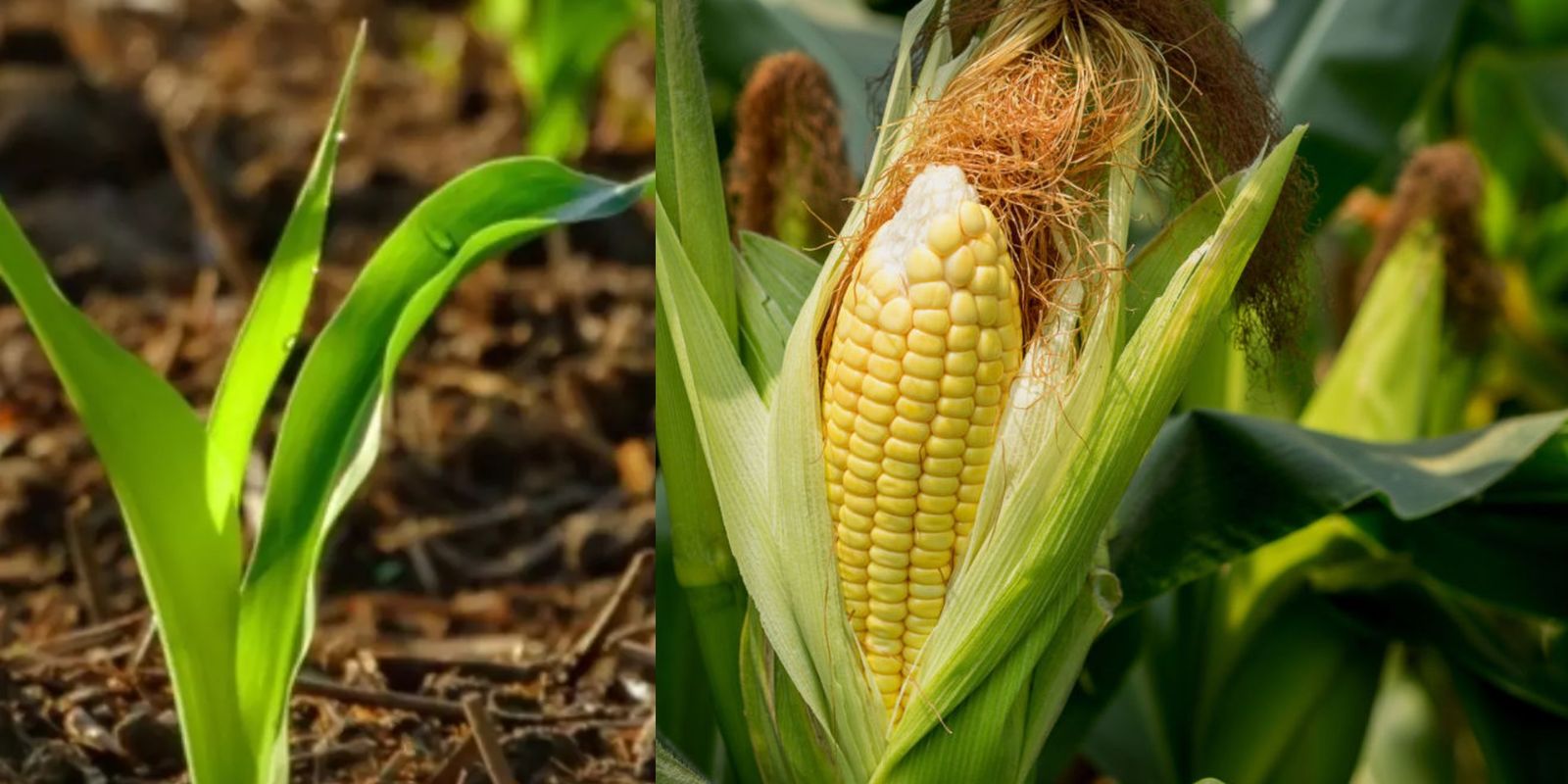Introduction
Growing sweet corn in your backyard can be a rewarding and enjoyable experience. There’s something truly special about harvesting fresh, tender ears of corn from your own garden. Whether you have a sprawling garden or a small urban plot, you can achieve a bountiful corn harvest with the right approach. This guide will walk you through everything you need to know about growing sweet corn, from choosing the right variety to harvesting the perfect ears.
1. Choosing the Right Sweet Corn Variety
The first step to a successful corn harvest is selecting the right variety. Sweet corn comes in several types, including:
- Standard Sweet Corn: This type has a traditional sweet flavor and is commonly found in grocery stores. Varieties like ‘Silver Queen’ and ‘Golden Bantam’ are popular choices.
- Supersweet Corn: Known for its exceptionally sweet flavor and higher sugar content, supersweet corn includes varieties like ‘Sweetness’ and ‘Ice Cream.’
- Bicolor Corn: This type features kernels of both yellow and white corn, offering a visually appealing and sweet taste. Varieties such as ‘Bi-Color’ and ‘Rainbow’ fall into this category.
Choose a variety suited to your climate and growing season. If you’re unsure which variety is best for you, consult local gardening experts or your local extension service.
2. Preparing Your Garden Soil
Corn thrives in well-draining, nutrient-rich soil. To prepare your soil:
- Test the Soil: Conduct a soil test to determine its pH and nutrient levels. Corn prefers a soil pH between 6.0 and 6.8.
- Amend the Soil: Incorporate compost or well-aged manure to improve soil fertility and structure. This will provide the essential nutrients corn needs to grow strong and healthy.
- Tillage: Loosen the soil to a depth of about 12 inches. This will help with root development and ensure good drainage.
3. Planting Corn Seeds
Planting corn requires careful timing and technique:
- Timing: Sow corn seeds directly into the soil after the last frost date. Corn needs warm soil to germinate, so wait until the soil temperature reaches at least 60°F (15°C).
- Spacing: Plant seeds 1 inch apart and 1-2 inches deep. Space rows about 24-36 inches apart. If you have limited space, consider planting in blocks rather than long rows to improve pollination.
- Watering: Water the seeds well after planting to ensure good germination. Keep the soil consistently moist throughout the growing season.
4. Caring for Your Corn Plants
Once your corn seeds have germinated and seedlings are growing, follow these care tips:
- Watering: Corn requires regular watering, especially during dry periods. Aim for about 1 inch of water per week. Water deeply to encourage strong root growth.
- Fertilizing: Apply a balanced fertilizer or compost to support healthy growth. Corn is a heavy feeder, so additional fertilization may be necessary as the plants grow.
- Weeding: Keep weeds under control to reduce competition for nutrients and water. Use mulch or a hoe to remove weeds, being careful not to disturb the corn roots.
5. Pollination and Maintenance
Corn relies on wind for pollination, so proper planting and maintenance are crucial:
- Planting in Blocks: Plant corn in blocks rather than single rows to increase the chances of successful pollination. This ensures that pollen from the male tassels reaches the female ears.
- Shaking Plants: Gently shake the plants to help distribute pollen. This is especially important during the pollination period, which occurs when the tassels are fully developed and the silks are emerging from the ears.
- Pest and Disease Control: Monitor your plants for common pests such as corn borers and aphids. Use organic methods or insecticidal soap to manage infestations. Also, keep an eye out for signs of diseases like rust or blight, and take action promptly to prevent spread.
6. Harvesting Your Corn
Knowing when to harvest your corn is key to enjoying its peak flavor:
- Maturity Indicators: Harvest corn when the ears are firm and the kernels are plump. The silks should be brown and dry, and the kernels should be filled with a milky juice when pierced.
- Harvesting Technique: To harvest, gently twist the ears from the stalk while pulling downward. Be careful not to damage the plant or other ears.
7. Storing and Using Your Corn
After harvesting, handle your corn properly to maintain its quality:
- Storage: Corn is best eaten fresh, but you can store it in the refrigerator for a few days. If you need to keep it longer, blanch the ears and freeze them for future use.
- Preparation: Corn can be enjoyed in many ways, from boiling and grilling to incorporating it into soups and salads. Experiment with recipes to savor the taste of your homegrown corn.
Motivation
Growing sweet corn in your backyard is not only a fun gardening project but also a way to enjoy the freshest produce possible. Share your success and inspire others with #SweetCornHarvest #BackyardGardening #HomegrownCorn #UrbanFarming #GardenTips. Happy planting, and may your corn be sweet and abundant!

